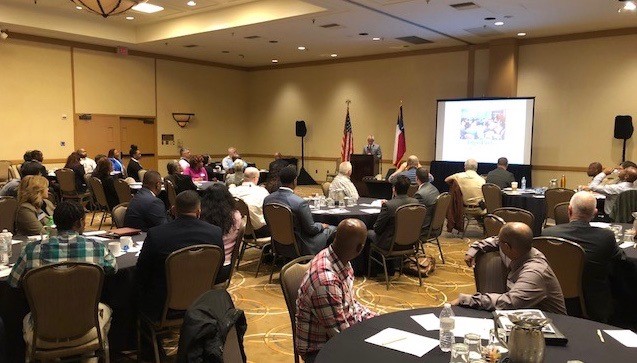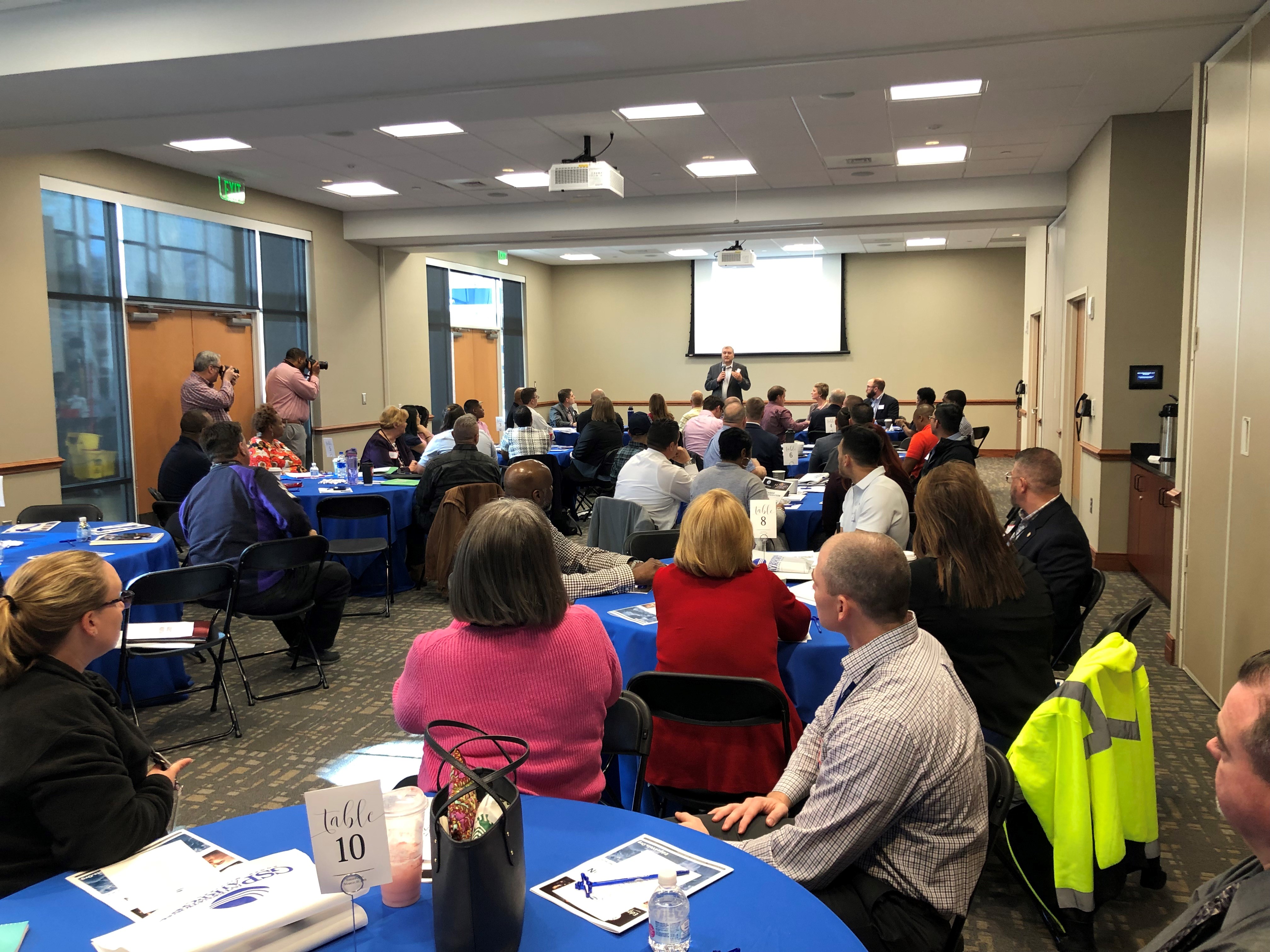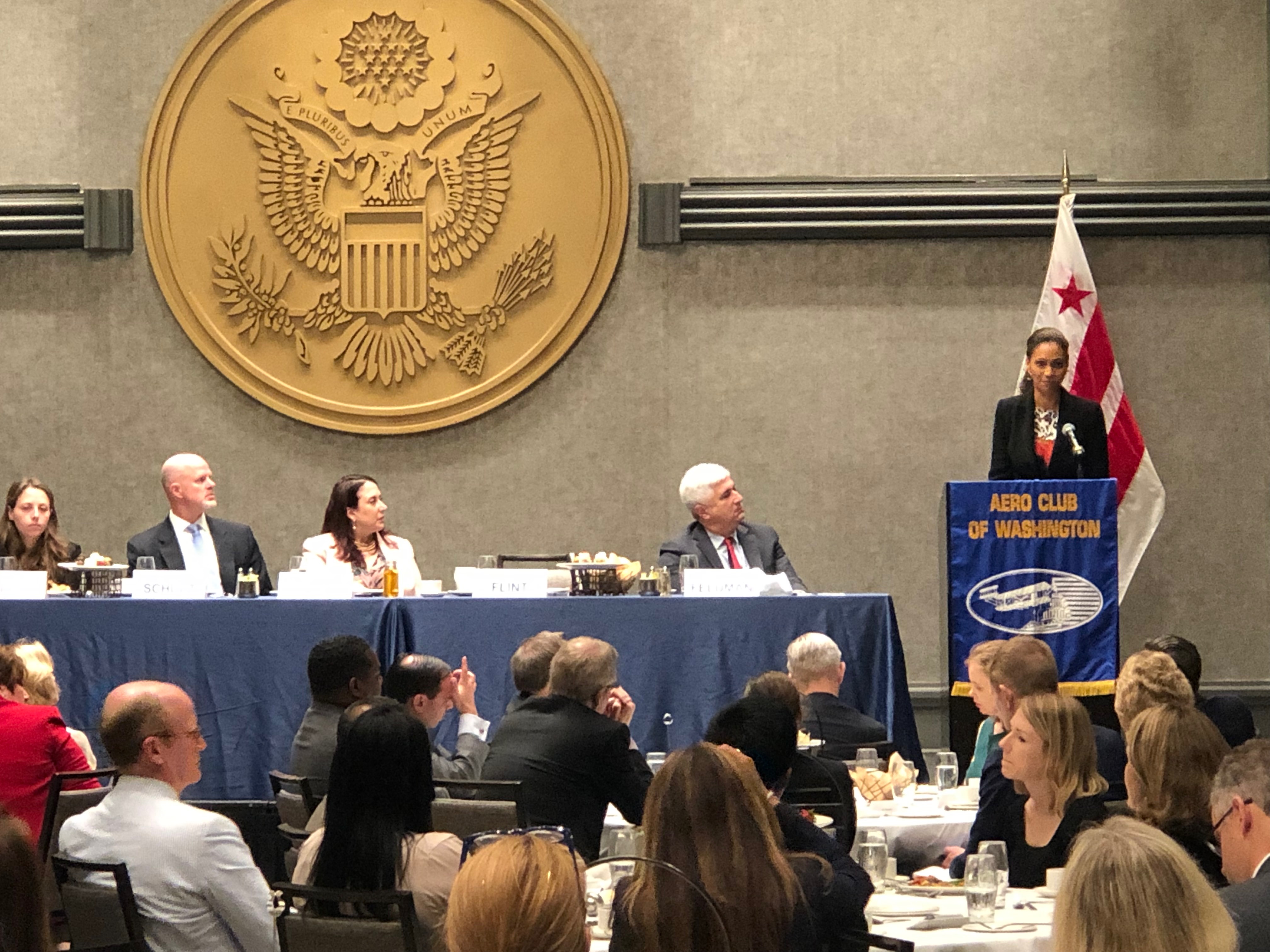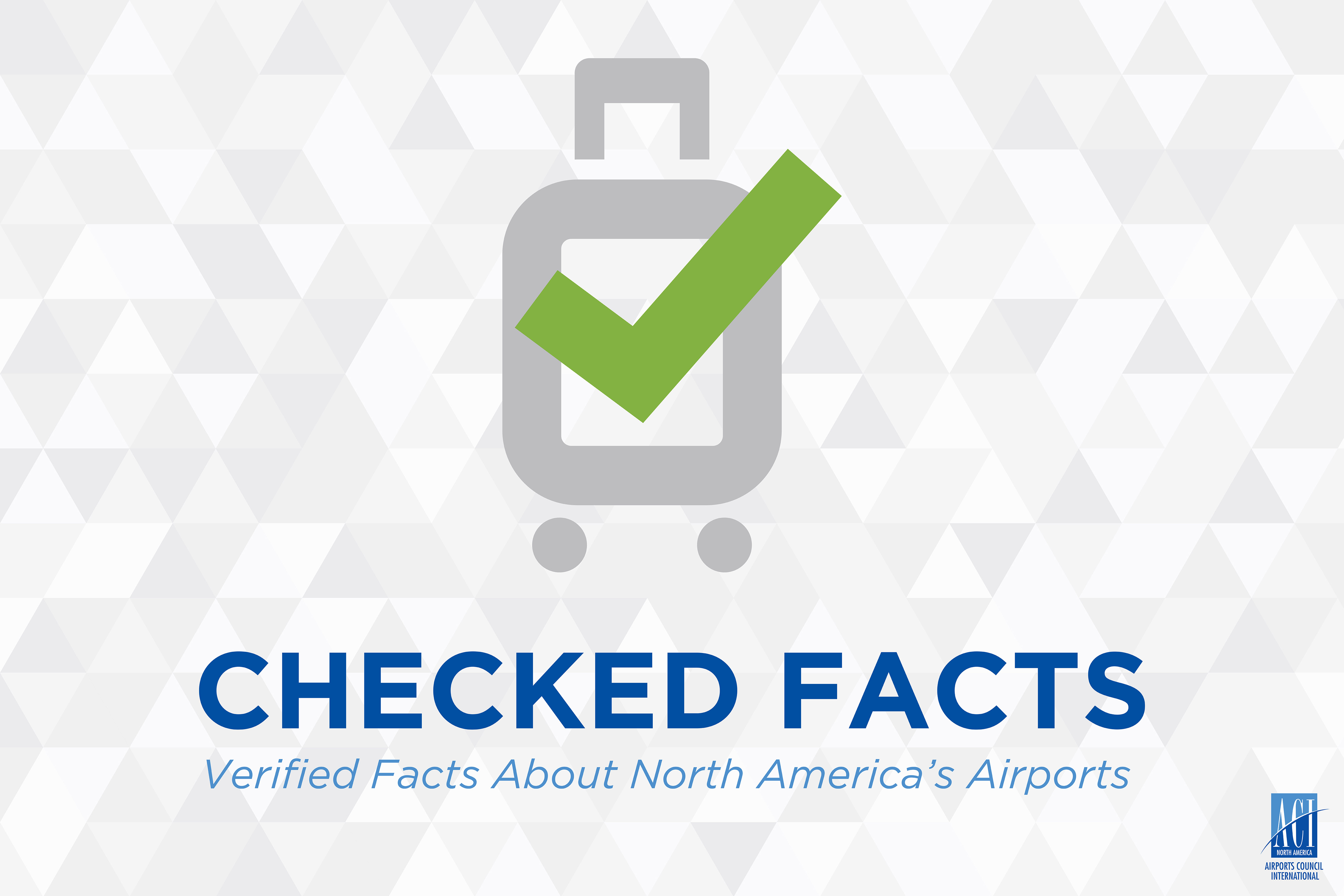By Kevin M. Burke, President and CEO, ACI-NA
Now at the one-year milestone of widespread travel and local restrictions to help stop the spread of COVID-19, we are reminded that this past year has been incredibly challenging for so many, both personally and professionally. While so much has changed in our industry as we continue to respond to this prolonged crisis, airports remain fully committed to ensuring the health, safety and security of the traveling public and airport workers.
Although North American airports quickly mobilized to protect travelers and workers, the significant drop in passenger traffic has wiped out record growth in air travel and decimated the airport industry’s financial outlook. In 2019, more than 1.9 billion people traveled through North American airports. At the start the pandemic, air travel dropped by upwards of 95 percent. ACI-NA estimates that the pandemic will cost U.S. airports more than $40 billion and Canadian airports more than $5.5 billion — a number that will only grow if the pandemic drags on.
There is no shortage of issues confronting the industry. Early in the pandemic, ACI-NA created the Airport Industry Recovery Advisory Panel to provide the industry with valuable recommendations on immediate term, medium term and long-term measures to address the public health concerns and assist airports coming out of the pandemic.
These initiatives, ranging from restoring confidence in air travel to implementing a wide variety of mitigation strategies, are fostering a completely new level of collaboration across aviation industry stakeholders. We each have a role to play, and the value of partnership has never been more important. As we think about the future, airports leaders should remain cognizant of the ever-evolving airport business model. Our ongoing relationships with airline partners, concessionaires, retailers, service providers, and government regulators are essential to our continued success.
ACI-NA led the charge in an effort secure $20 billion in immediate financial relief for the U.S. airport industry. We are immensely grateful from the strong support of the U.S. government for airports and their concession partners as they remain open and fully operational though this crisis.
Thanks to the proactive leadership of our team in Ottawa, Canada’s airports received some of the only sector specific COVID support in Canada, with some CAD $1.4 billion through ground rent waivers and deferrals, wage subsidy, and infrastructure funding. However, as the situation in Canada grows more dire each day, our work continues in Canada to secure addition relief to meaningfully address the financial challenges Canada’s airports face.
One of the silver linings to come out of this pandemic is the rapid innovation and the deployment of new technologies to allow for a seamless – and contactless – passenger experience. While most of this progress had seemed years away, the pandemic has accelerated this effort to turn our industry’s aspirations into reality. One thing is clear: the passenger experience will look different than it did before. It is going to be better.
Airports have taken unprecedented actions to limit the spread of COVID-19. As the eternal optimist, I am confident there is a light at the end of the tunnel and much to be done when we emerge from it. From enhancing airport sustainability and resiliency to taking full advantage of automation and big data to enabling a new generation of aircraft to operate at our airports, we face myriad opportunities to make a difference in the aviation industry. All of these opportunities require a ready and able workforce. We look forward to working with the industry to develop training that will help current airport workers adapt as well as prepare the next generation to make their mark on aviation.
Thank you for the continued trust you place in ACI-NA and the immensely talented team here at your trade association. I continue to be proud of our team, our members, and the important work we do on behalf of North American airports.











 Last week, Los Angeles World Airports Chief Executive Officer Deborah Flint addressed the Washington Aero Club at a lunch event in Washington, D.C. In her speech, Flint described Los Angeles International Airport’s (LAX) current $14 billion investment project and how it will help to relieve congestion and improve the LAX travel experience for passengers.
Last week, Los Angeles World Airports Chief Executive Officer Deborah Flint addressed the Washington Aero Club at a lunch event in Washington, D.C. In her speech, Flint described Los Angeles International Airport’s (LAX) current $14 billion investment project and how it will help to relieve congestion and improve the LAX travel experience for passengers.


